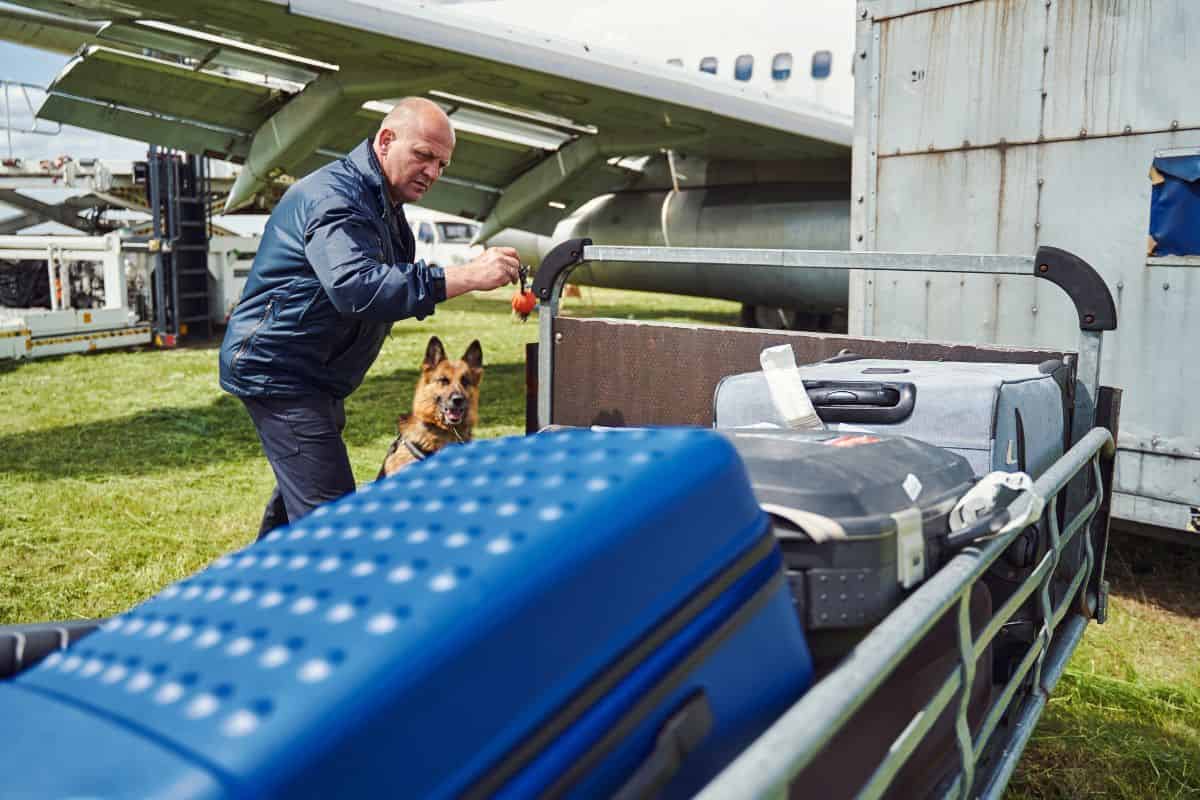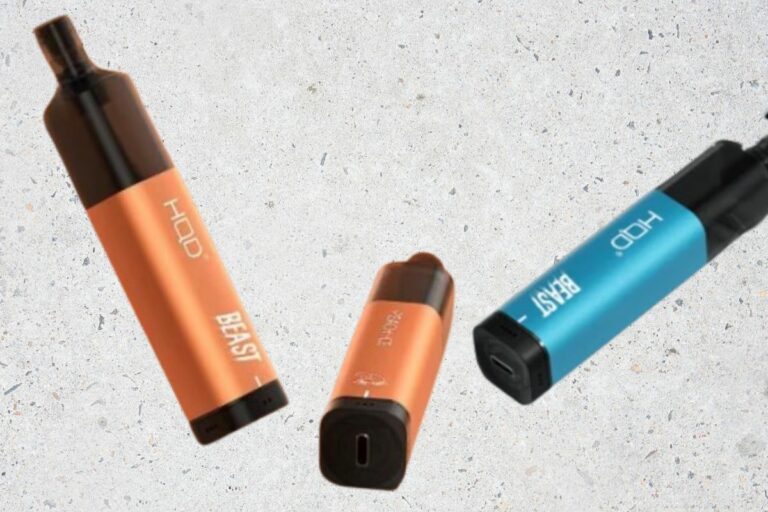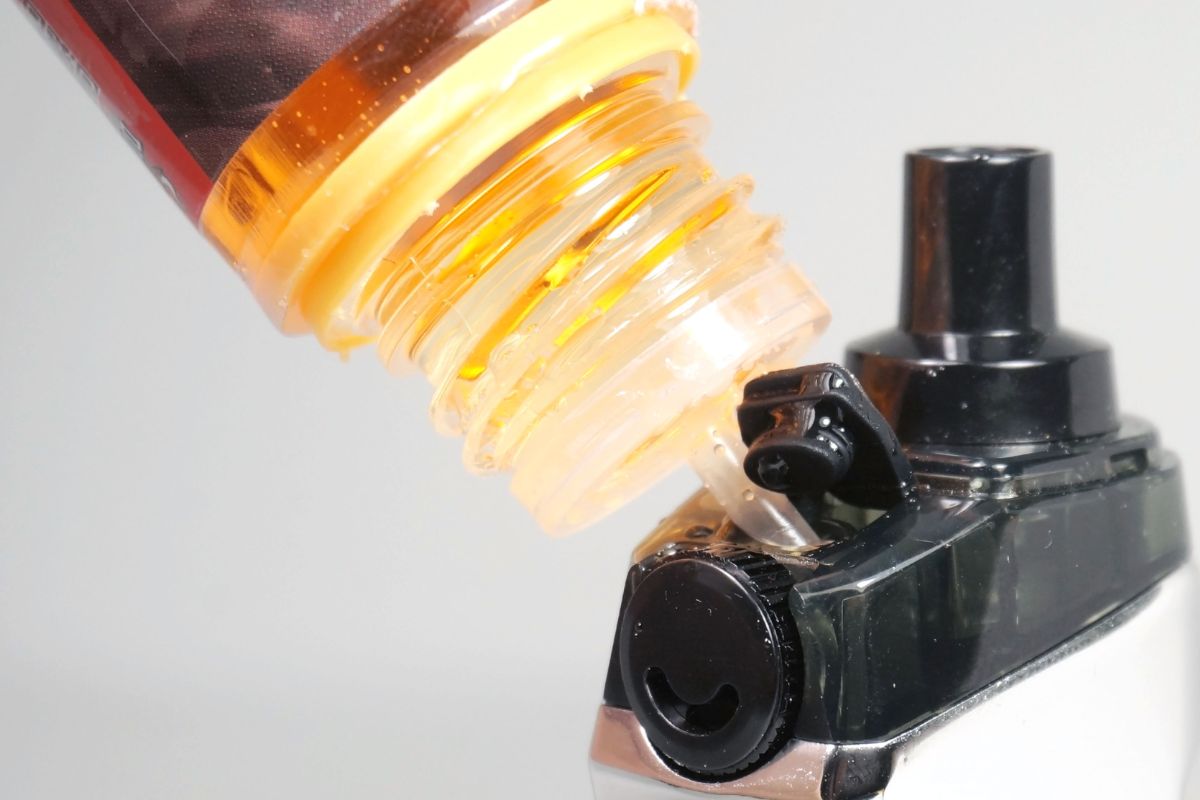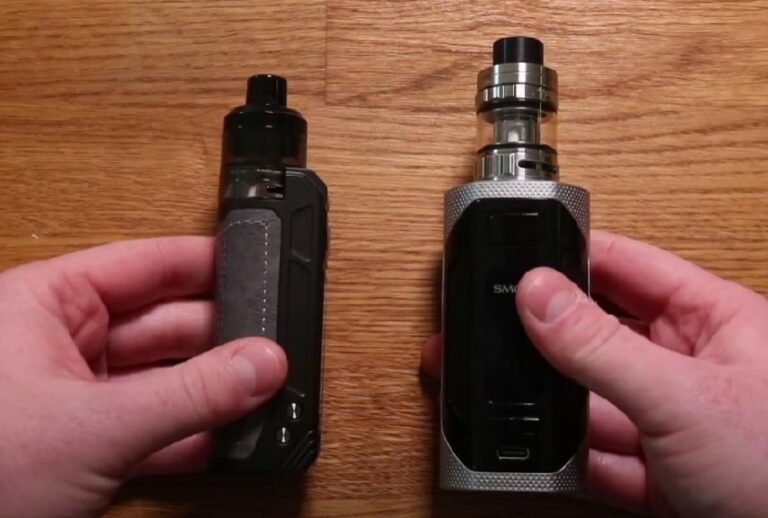What Happens If You Put a Vape in Checked Luggage: Air Travel Regulations Explained
Traveling with a vape in your checked luggage requires a bit of knowledge about airline regulations and the physics of high-altitude travel. When you place a vape device or e-cigarette in your checked baggage, several factors come into play that can affect both the device and the safety of your flight. Air pressure changes in the cargo hold during flight can cause the device to leak or, in rare cases, lead to battery malfunctions.
The Transportation Security Administration (TSA) has specific guidelines regarding e-cigarettes and vaping devices. These items are allowed in your carry-on bags, but not in checked luggage. This is primarily due to concerns about the lithium batteries that power vapes, which pose a fire hazard. By keeping your vape close at hand in the cabin, where changes in pressure are more regulated, you markedly reduce the risk of leakage and are immediately available to manage any issues that might arise with the device.
Understanding these guidelines and the reasoning behind them is crucial to ensuring a smooth experience at the airport and during your flight. Ensuring that you’ve properly packed your vaping equipment not only keeps you in compliance with aviation rules but also protects your belongings and contributes to the overall safety of air travel.
NEW CUSTOMER DISCOUNT
Save 15%
15% OFF YOUR ENTIRE ORDER FOR NEW CUSTOMERS USE CODE WELCOME15!
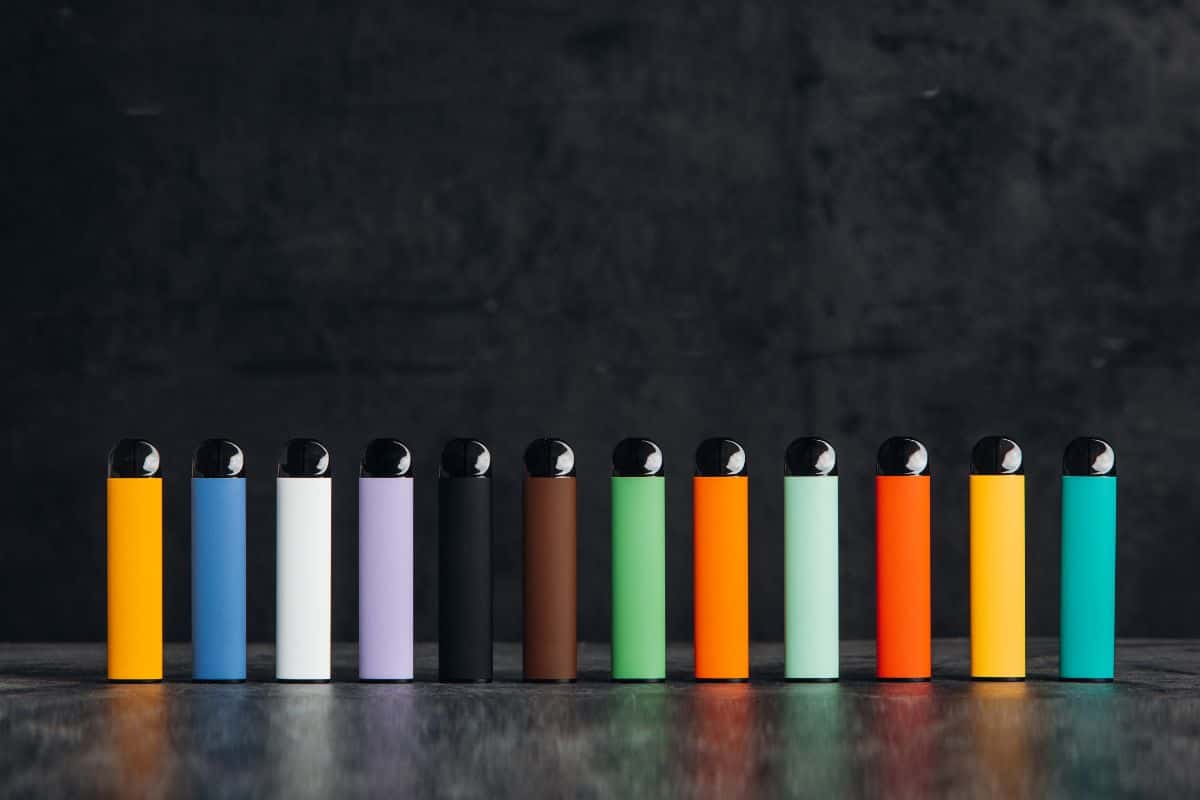
Table of Contents
Understanding Vape and E-Cigarette Devices
When you consider bringing your vaping equipment on your travels, it’s essential to understand the various types of devices and components you might be packing. Vape devices, also known as electronic cigarettes or e-cigarettes, come in several forms, including mods, disposable vapes, and more standardized models.
Mods are customizable e-cigarettes that allow you to modify various aspects of your vaping experience. These advanced devices often have features like adjustable power settings and the capability to hold different types of e-liquids or vape juices. On the other hand, disposable vapes are designed for convenience and are meant to be discarded once the juice runs out or the battery dies.
Your vaping gear may also include rechargeable batteries, various flavors of vape liquids, and additional accessories such as chargers and cases. Vape liquids, the substance that is heated and inhaled, commonly contain a mixture of propylene glycol, vegetable glycerin, flavorings, and, optionally, nicotine.
Understanding the components of your vape gear is crucial, especially when preparing for air travel. Each part, whether it’s a vape mod or a bottle of e-liquid, might be subject to specific travel regulations.
Here’s a brief overview of common vaping equipment:
- Mods: Customizable e-cigarettes with varying features and settings.
- Disposable Vapes: Single-use devices that are convenient and travel-friendly.
- E-Liquids/Vape Juices: The fluid used in vape devices, available in many flavors and nicotine strengths.
- Vape Devices: General term encompassing all types of electronic cigarettes.
- Vaping Equipment: All the associated accessories required for maintenance and use of vape devices.
When packing, know that each item has to adhere to specific airline regulations to ensure the safety and convenience of your journey.
Legal and Regulatory Landscape
When packing a vape for your travels, it’s crucial to understand the Transportation Security Administration (TSA) and Federal Aviation Administration (FAA) guidelines. These agencies have established specific regulations that you need to follow.
TSA Rules:
- E-cigarettes: and vaping devices can be placed in your carry-on bags but not in checked luggage. This is due to the risk of fire associated with the batteries in these devices.
- E-liquid: The amount of e-liquid you can carry is restricted by the TSA’s liquid rule, commonly known as the 3-1-1 liquids rule, which limits you to containers of 3.4 ounces (100 milliliters) or less in a single quart-sized bag.
FAA Regulations:
- The FAA prohibits travelers from charging vaping devices on the aircraft.
- Spare batteries for your vape must be protected from short-circuiting and carried on your person or in a carry-on bag.
Airport Security:
- Be prepared to show your vaping equipment during the security screening process.
- Follow all airport signs and personnel instructions to ensure a smooth security check.
Consequences:
- Non-compliance with TSA and FAA regulations can result in seizure of the device, fines, or even criminal charges in severe cases.
- If you’re unsure about laws and regulations pertaining to a specific location, it’s best to check with the local authorities or consult the TSA regulation documentation ahead of time.
Remember, these rules and regulations are in place for the safety of all passengers and crew during air transportation. Compliance ensures a safer travel experience for everyone involved.
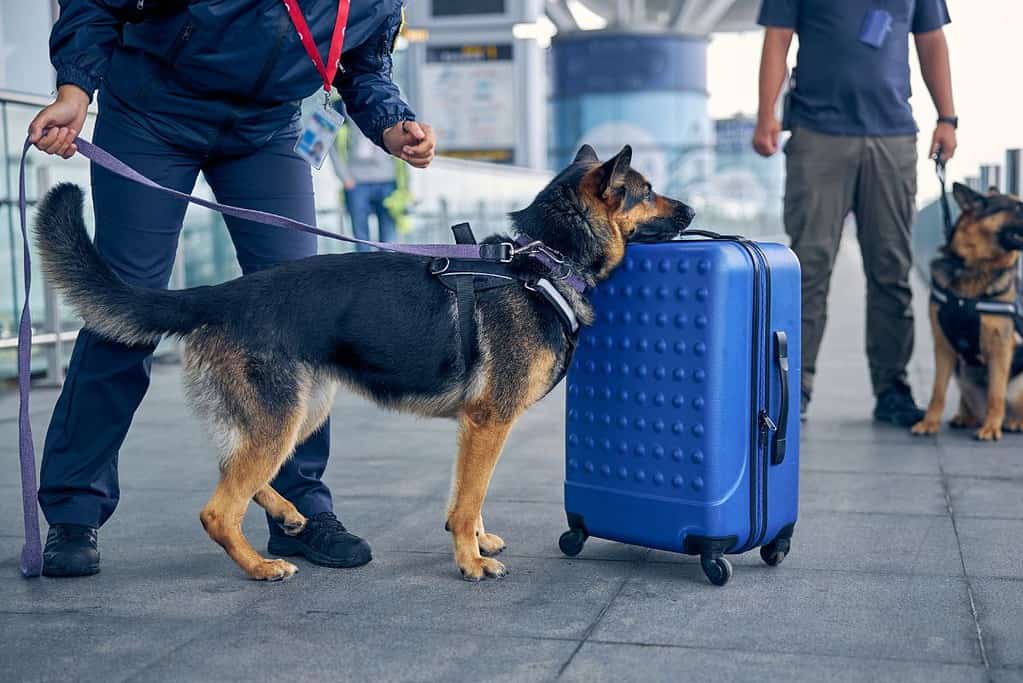
Primary Concerns with Vapes in Checked Luggage
When packing vapes in your checked luggage, it’s crucial to be aware of the risks and regulations that come with transporting such items. Specific concerns include fire hazards due to batteries, potential leaking of e-liquids, varying legal restrictions, and the possibility of incurring penalties.
Fire Hazard and Safety Risks
Batteries: Vape devices often use lithium batteries, which pose a significant fire hazard if they malfunction, are damaged, or are exposed to pressure changes during flight. Cases of batteries that catch fire or explode in checked luggage have been reported, leading to enhanced safety regulations.
Safety: To mitigate safety risks, authorities typically recommend carrying vape devices and batteries in carry-on baggage. This allows for immediate action should any issue arise during the flight.
Battery and Power Regulations
Lithium-ion Batteries: Vape devices commonly contain lithium-ion or lithium batteries, which are subject to strict regulations. Spare batteries should be adequately protected to prevent short circuits.
Regulations: You may only transport vape batteries in carry-on luggage. Lithium-ion battery rules limit the watt-hour rating and quantity you can carry. Always check the latest regulations before you fly.
Leakage and Damage Potential
Leakage: Changes in air pressure can cause vape devices to leak e-liquid, which could damage your belongings or the device itself. Always empty your liquid tank before flying.
Damage: To prevent leakage and potential damage, it’s advised to securely pack your vape device and e-liquid in a clear plastic bag and carry it with you in the cabin.
Confiscation, Penalties, and Fines
Confiscated: Non-compliance with air travel regulations can result in your vape being confiscated. Authorities have the right to remove items that violate safety protocols.
Fines: Passengers found with improperly stored vaping devices in checked luggage may be fined. Penalties can vary by airline and country.
Destination-Specific Rules
Countries: Regulations regarding vaping devices differ between countries. Some destinations may consider certain vape products illegal.
Destination: Before international travel, research your destination’s vaping laws to avoid having your items confiscated or receiving fines. It’s important to be aware that what is permissible in one country may be prohibited in another.
Packing Guidelines for Traveling with a Vape
When traveling with vape devices and accessories, it’s important to know how to properly pack them. The TSA has specific regulations that impact whether you can carry your vaping equipment in checked or carry-on luggage. Compliance ensures a smooth passage through airport security.
Carry-On vs. Checked Luggage
For vape devices and e-cigarettes, the Transportation Security Administration (TSA) mandates that these items must be transported in carry-on baggage or on your person. Storing them in checked luggage is strictly prohibited due to the risk of fire from the lithium-ion batteries. Place your device in your carry-on bag to adhere to these rules.
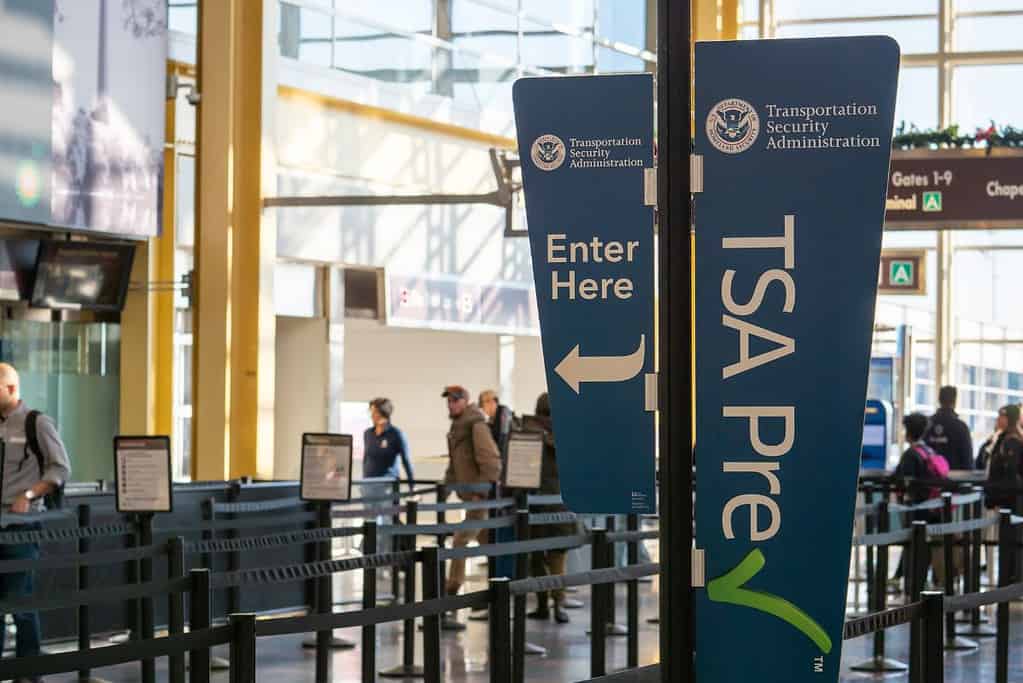
TSA and Airline-Specific Restrictions
Each airline may have its own set of policies regarding vape gear, so it’s crucial to check with your carrier before flying. Generally, the TSA prohibits the charging of electronic smoking devices onboard the aircraft. Moreover, vape cartridges or e-liquids should adhere to the 3-1-1 rule, limiting liquids in carry-ons to containers of 3.4 ounces or less in a single, quart-sized, clear plastic, zip-top bag.
Advice for Packaging Vape Components
To prevent leaks caused by pressure changes in the cargo hold, it’s advisable to empty your vape tank before flying. E-liquids can be placed in a resealable plastic bag separate from the vape device itself. Extra batteries should be in plastic battery cases to prevent short circuits. Always pack vape pens, batteries, and accessories in an organized manner to simplify the inspection process.
Navigating Airport Security
At the security checkpoint, have your vape device and liquids easily accessible. Security protocols might require a closer inspection of your items. Vape gear will need to go through metal detectors or X-ray screening along with your regular carry-on items. Be prepared to explain any vape components for compliance with TSA rules.
Addressing Pressure Changes in Flight
Pressure changes in the aircraft cabin can cause e-liquid from your vape device to leak. Ensure that your vape tank is either empty or stored in an upright position in a leak-proof container. Lithium-ion batteries are also susceptible to extreme temperatures and pressure; thus, it’s imperative to keep them in a carry-on bag where the cabin pressure is regulated.
Post-Travel Considerations
After your flight, it’s important to promptly assess your vape equipment for any signs of malfunction or damage and to understand the regulatory outcomes of transporting a vape device.
Checking for Damage After Flight
Immediately examine your vape for any physical damage. Inspect the battery casing for cracks or leakage, and check mods and coils for any signs of misalignment or wear.
- Battery: Look for warping or discolouration.
- Mods: Ensure buttons and screens are intact.
- Coils: Verify they are still securely fitted and free of debris.
Dealing with Consequences of Regulation Breaches
If your vape was placed in checked luggage against airline regulations, be prepared for potential penalties.
- Penalties: These can range from fines to, in severe cases, imprisonment, depending on the jurisdiction.
- Documentation: Keep all travel documents on hand in case you need to reference your flight details during any investigation.
Maintaining Vape Devices Post-Travel
Ensure your vape’s longevity and performance by performing routine maintenance after travel.
- Clean your device: Wipe down the mod and clear any e-liquid residue in the tank.
- Inspect and replace coils as necessary: Look for signs of overuse, such as a burnt taste when vaping.
- Charge the battery properly: Use only the charger that comes with your device to prevent battery issues.
Remember, responsible vape maintenance and adherence to travel regulations are crucial to avoid malfunction and enjoy a hassle-free vaping experience.
Browse popular vape collections:
- Nicotine Disposables
- 2000 Puff Nicotine Disposable Vapes
- 2500 Puff Nicotine Disposable Vapes
- 5000 Puff Nicotine Disposable Vapes
- 6000 Puff Disposable Nicotine Vapes
- 7000 Puff Nicotine Disposable Vapes
- Disposable Vape Deals
- Best Vape Brands
- 8000 Puff Nicotine Disposable Vapes
- 9000 Puff Nicotine Disposable Vapes
- 5% Nicotine Disposable Vapes
- Rechargeable Nicotine Disposable Vapes
- Vape Coils
- Dab Wax Pens
- Dab Wax Pen Battery
- Yocan Vapes
- Vape Cases
Frequently Asked Questions
Navigating the rules surrounding air travel with vaping devices can be tricky. From carry-on to checked baggage, it’s important to know the regulations to avoid any issues during your journey.
Are electronic cigarettes or vaping devices allowed in carry-on baggage?
Yes, you are typically allowed to bring electronic cigarettes and vaping devices in your carry-on baggage. However, these devices must be kept for personal use and should not be used or charged while on the aircraft.
What are the regulations for travelling with e-cigarettes or vape pens on flights?
For safety reasons, e-cigarettes, vape pens, and other similar devices can only be carried in the cabin in carry-on luggage or on your person. They are prohibited in checked luggage as they may pose a fire hazard.
How should I pack e-liquids or vape juices when flying?
E-liquids should be packed in accordance with the TSA liquids rule, which allows you to carry bottles of 100 milliliters or less in a single, clear, quart-sized, zip-top bag in your carry-on luggage.
Will my vaping device trigger an alarm during the TSA screening process?
Vaping devices, much like other electronic devices, are scanned by X-ray and are typically allowed through security checkpoints. It is not uncommon for them to require additional screening.
What steps should I take if I accidentally leave my vape in checked luggage?
If you inadvertently leave your vape in checked luggage, report it to the airline as soon as possible. Be aware that airlines might have different protocols for handling such situations.
Does it matter if I’m on a domestic or international flight when carrying a vape?
Yes, international flights may have different regulations regarding the transportation of e-cigarettes and vape pens. Always check the airline’s policy and the laws of the country you are traveling to ensure compliance.

